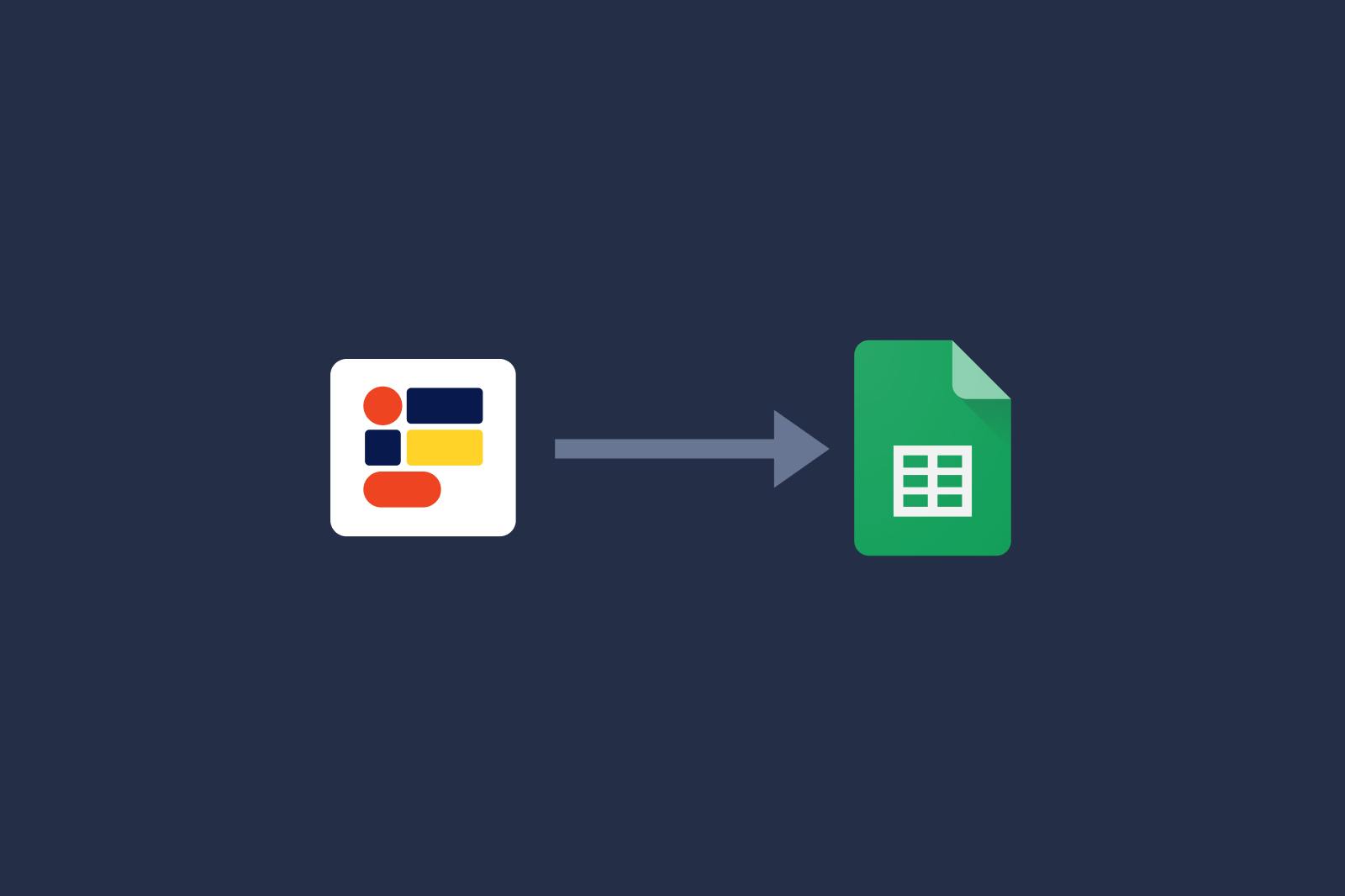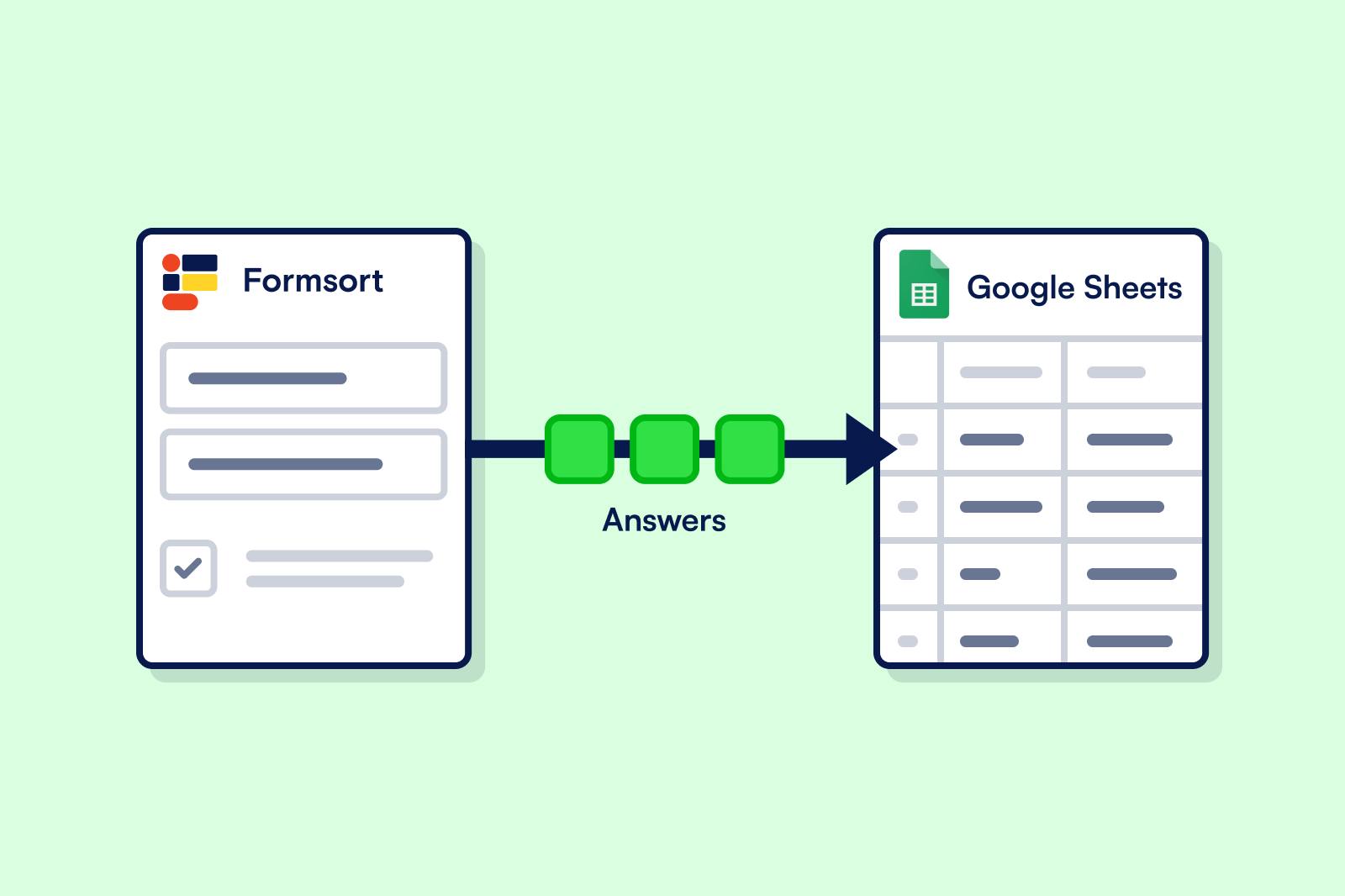Introducing our Google Sheets integration

Send form data to Google Sheets directly - without involving engineers or 3rd party workarounds
Whether you’re a one person startup or a Fortune 500 company, data storage is a core piece of your tech stack. At Formsort, we help you securely collect responder data and send it to your destination of choice.
Up until now, we've required you to store responder data in a traditional database (Redshift, PostgreSQL, BigQuery) or send data to another destination via webhooks. However, some business-facing teams don’t have the engineering resources to set up and maintain this data infrastructure.
Our new Google Sheets integration offers a new solution for these teams. Now, teams without a database can easily capture responder data and store it securely within Google Sheets - without looping in engineering.

What is Google Sheets?
Google Sheets is a web-based application for creating, editing and sharing spreadsheets. If you have a Google account, you have access to Google Sheets for free!
How does it work?
This Google Sheets integration is native and doesn't require connecting to any third party automation tool like Zapier.
When you create questions in a Formsort flow, you’re automatically creating the response schema that will show up in the sheet as columns. As a responder completes your flow, the response will be inserted into the Google sheet according to the schema. One row will equal one unique form response.
How can I get started using Formsort’s Google Sheets integration?
If you don’t already have a Formsort account you can create one here. When you're ready to connect your form to Google Sheets, check out this documentation for step-by-step guidance.
When should I use Google Sheets and when should I use a traditional database?
You should consider Google Sheets if:
- You or your business uses the Google suite of products
- The traffic to your form is low. Using Google Sheets will count towards your Google API limits. Formsort cannot guarantee delivery of responses if this limit is reached
- You have a one-off form for a small use case
- You need to quickly get your form up and running, and you have no engineering resources
- You’re a healthcare business that needs HIPAA compliance and have signed a Business Associate Agreement (BAA) with Google Workspace products. Note: Google Sheets uses high-level encryption to safeguard protected health information (PHI), but you still need to sign a BAA as this data will be stored on Google’s servers
You should consider a database if:
- You have high traffic volume to your form (100s of responders a day). You’re at higher risk of hitting the Google API limit we mentioned in the previous section
- You have concerns that data in Google Sheets will be edited or deleted. Remember that whoever has access to the sheet can modify data
- You want the durability, consistency, and query capabilities of a traditional database
- You’re a healthcare business that needs HIPAA compliance but haven’t signed a BAA with Google Workspace products
If any of the above statements are true, you should store responder data in a traditional database. Formsort offers integrations for Redshift, PostgreSQL and BigQuery. For anything else, you can use webhooks.
Start building
This new integration makes it possible for any team to use Formsort for their most important flows.
Start building now your form.
